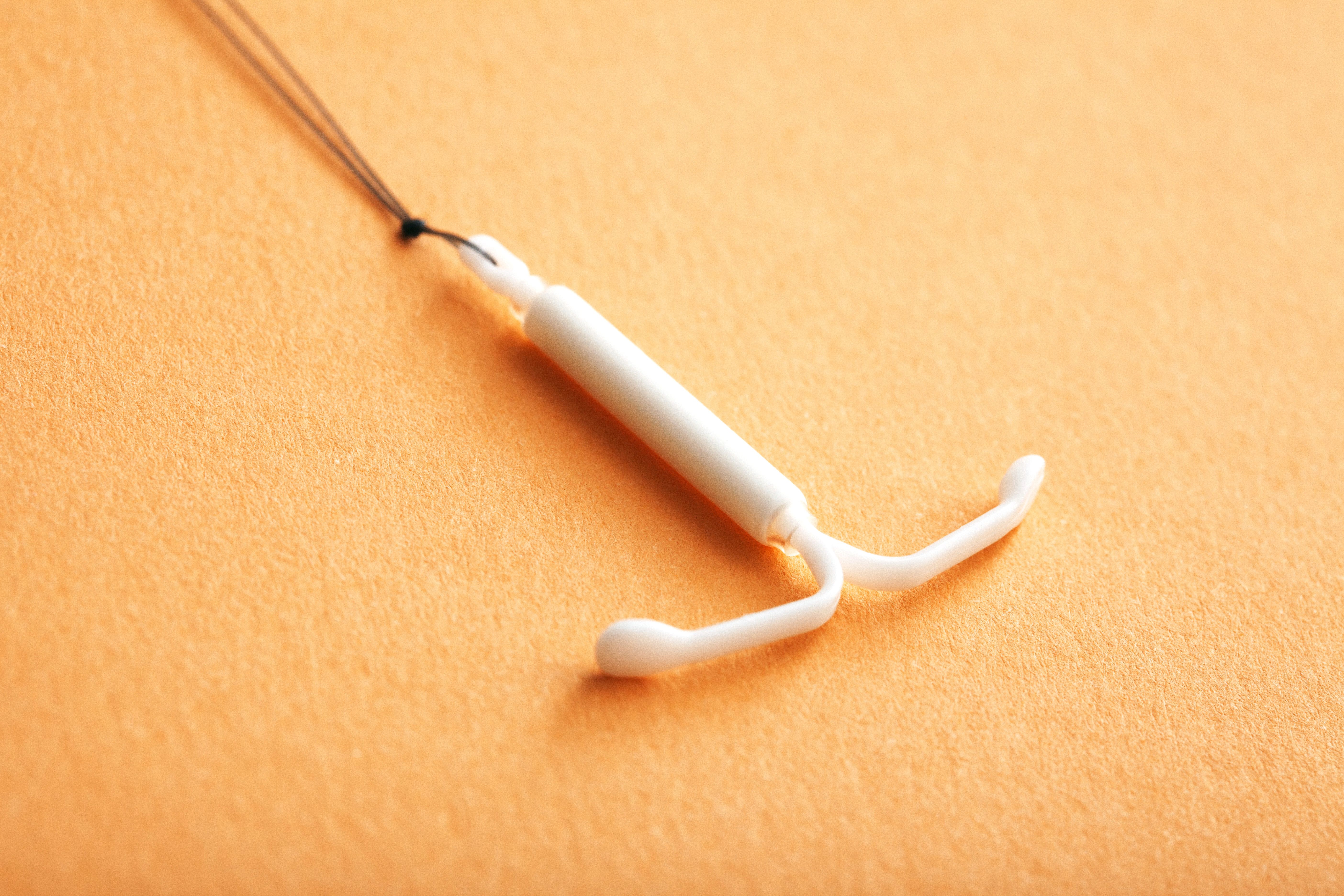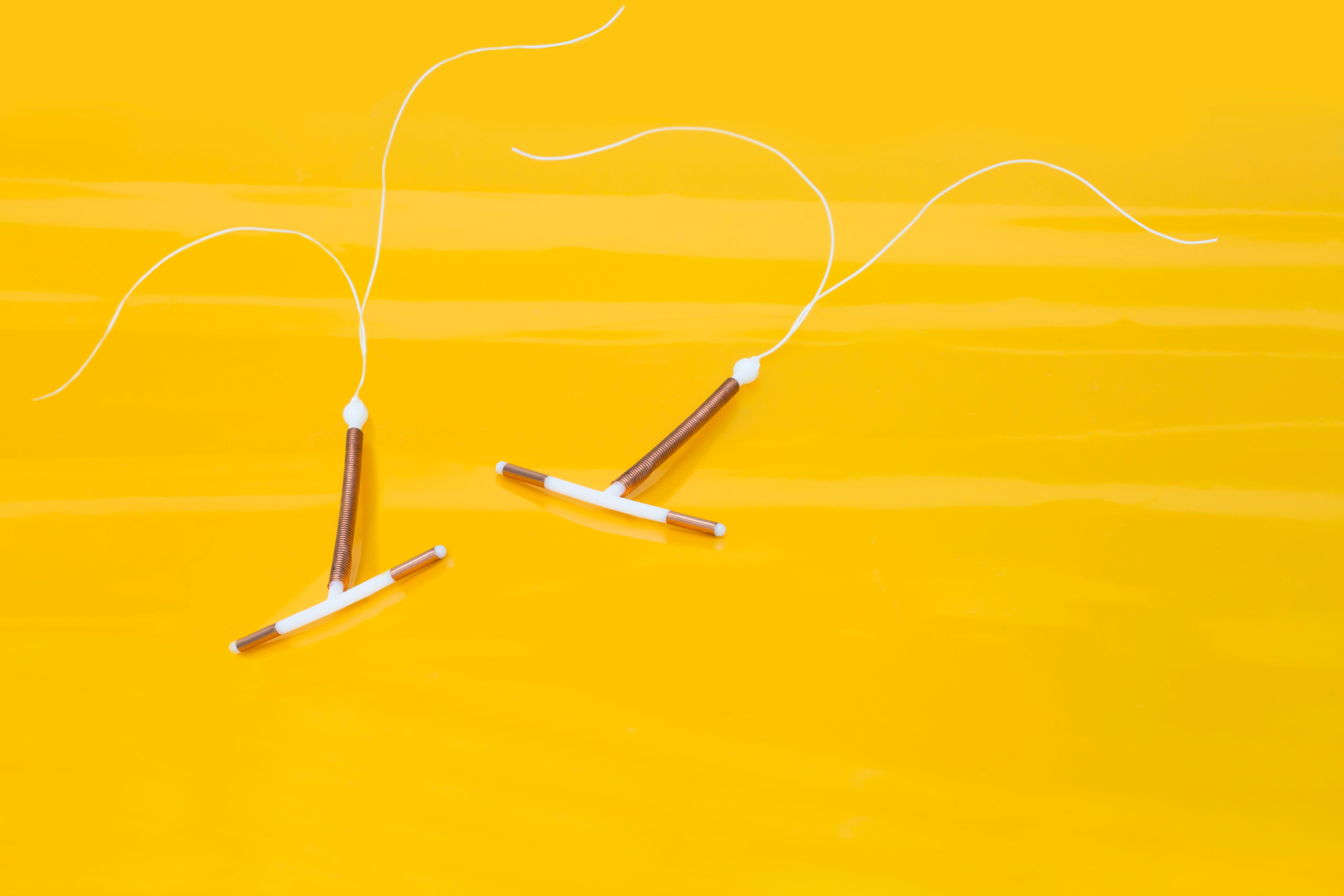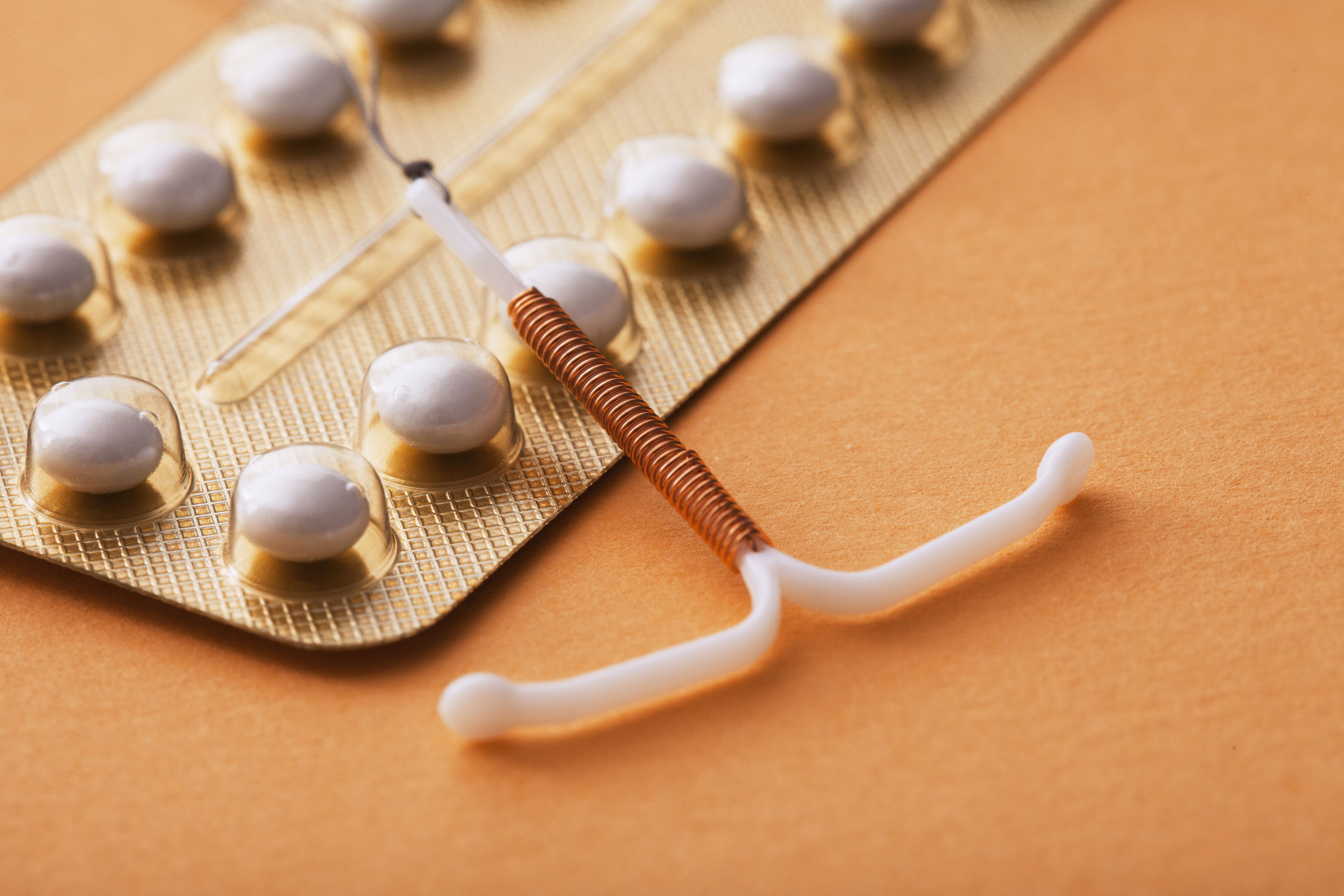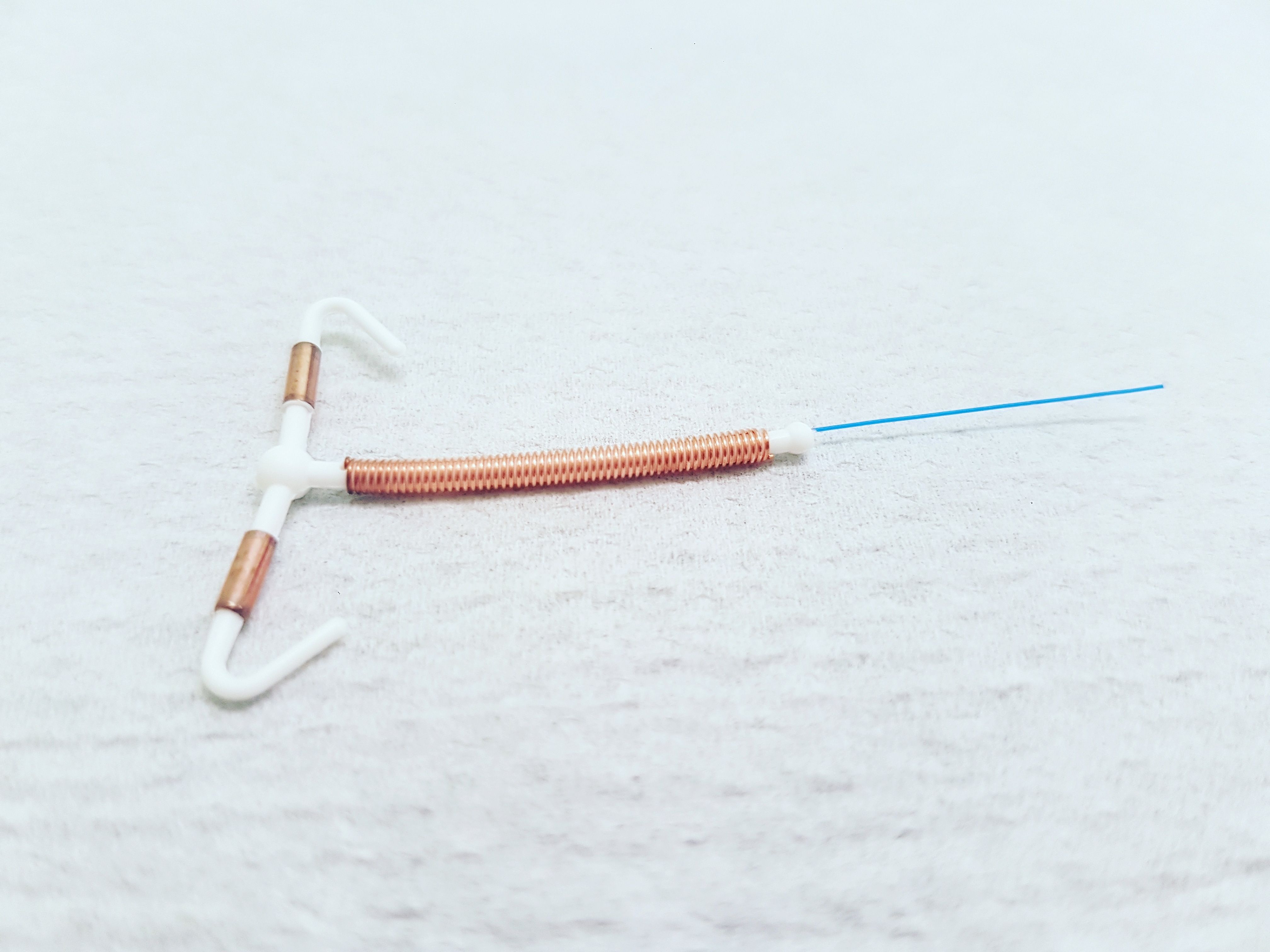
Long-acting reversible contraception (LARC) such as implants and intrauterine devices (IUDs) are effective methods of birth control. These methods are safe and effective, yet underutilized. This provider toolkit is designed to provide up-to-date resources and information for ob/gyns to guide patients in areas such as immediate post-partum LARC, and birth control for adolescents and what makes the most sense.
Patient experience with immediate postpartum LARC program
English-speaking women were nearly four times as likely to be offered immediate postpartum long-acting reversible contraception (LARC) than Spanish-speaking Hispanic women, according to a study in the journal Women’s Health Issues.

Contraceptive uptake, pregnancy and continuation rates in young women
Young women have significantly better adherence to long-acting reversible contraception (LARC) than to short-acting reversible contraception (SARC) at 12 months, according to a systemic review and meta-analysis.
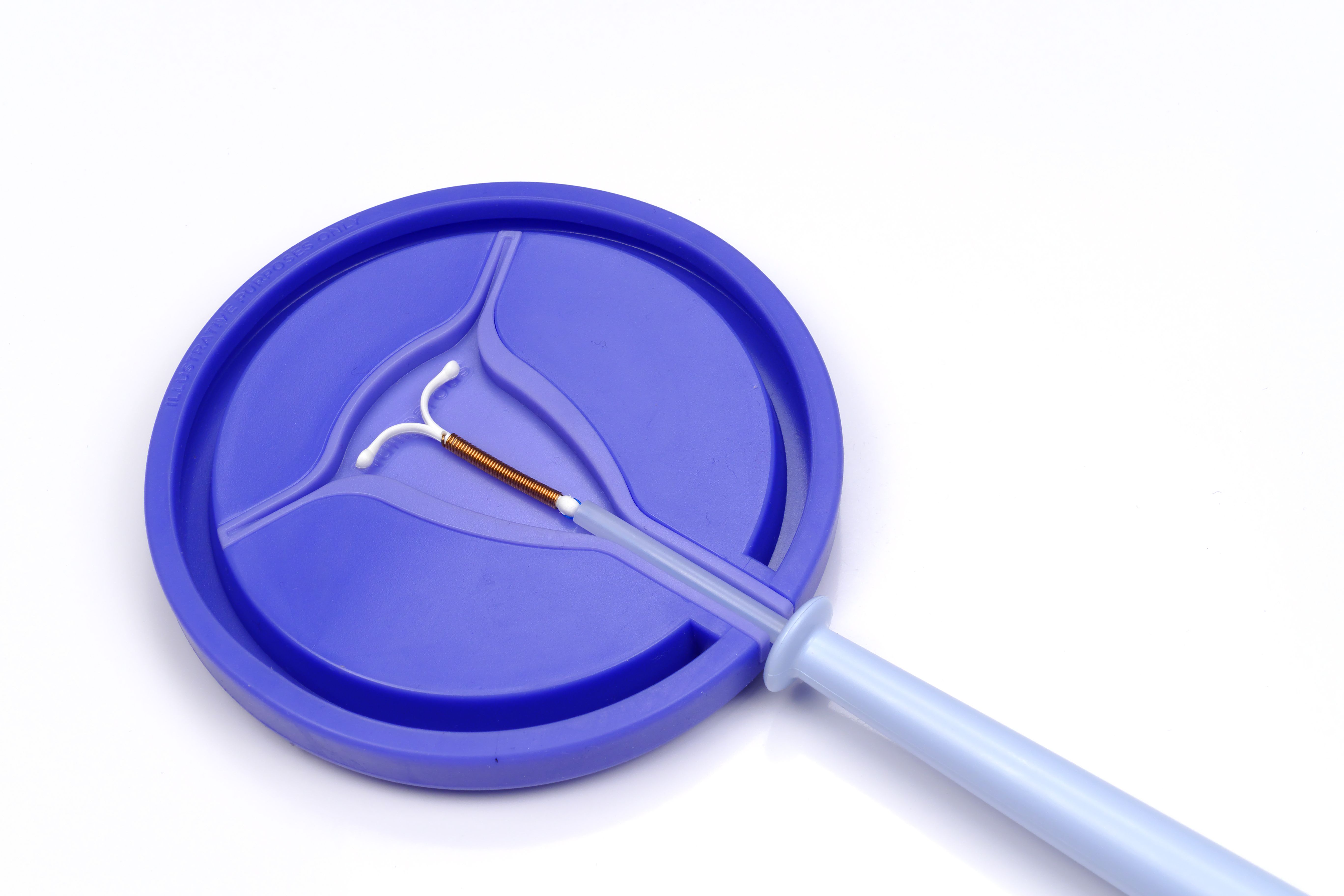
Awareness and use of contraceptive methods
Awareness of most types of birth control was generally high among both white and non-white women, according to a prospective study that examined racial differences in contraceptive awareness and use among women seeking care at family health centers.
Oral and IUD emergency contraception provision
Less than half of ob/gyns offer their patients the two most effective forms of emergency contraception -- ulipristal acetate and the copper intrauterine device (IUD) -- according to a national survey.
IUD and risk of ovarian cancer
The ever-use of an intrauterine device (IUD) reduces the risk of ovarian cancer by an average of 30%, according to a rigorous meta-analysis in the Journal of Obstetrics and Gynaecology.
Copper IUD insertion by nurses
The study in the Brazilian Journal of Nursing also found that the IUD complications were the same as those commonly cited in the literature.
Intracesarean postpartum intrauterine copper device found effective
A prospective interventional hospital-based study from India has found that a postpartum intrauterine copper device (PPIUCD) is an efficacious method to reduce the unmet need of contraception.
Study finds copper IUD and LNG-IUS can impact microbiota over time
Neither the levonorgestrel-releasing intrauterine system (LNG-IUS) nor the copper intrauterine device (IUD) impact the incidence of cellular atypia, but do interfere with the microbiota over time, according to liquid-based cervical cytology and microbiological analyses.
- IUDs and Birth Control Implants:
Resource OverviewACOG
Key publications and resources from the American College of Obstetricians and Gynecologists.
Intrauterine Device (IUD) - Quick FactsHHS
Quick facts on IUDs for patients.
Intrauterine Devices (IUD)Medline Plus
Patient information on IUDs from the National Library of Medicine- Intrauterine Contraception –
Guidance for Healthcare ProvidersCDC
Practice recommendations on use of the IUD.
The IUDNemours Foundation
Patient information geared towards teens that answers common FAQs associated with the device.
IUD/IUSOregon Department of Health
Patient information on how the devices work, pros and cons of the devices, and associated side effects and risks.- Guideline for Reproductive Health Management
American College of Rheumatology
Management of Reproductive Health in Rheumatic and Musculoskeletal Diseases.


Request a RepPlease complete and submit the information below and a sales consultant from Bayer will contact you
Resource DownloadsMaterials and FAQs about Kyleena for you, your stuff, and your patients
Ordering & ReimbursementOrder Kyleena® through the Bayer Women's HealthCare (WHC) Support Center
Insertion & Removal VideoThe video below demonstrates the step-by-step directions for inserting and removing the Kyleena® intrauterine device (IUD)












